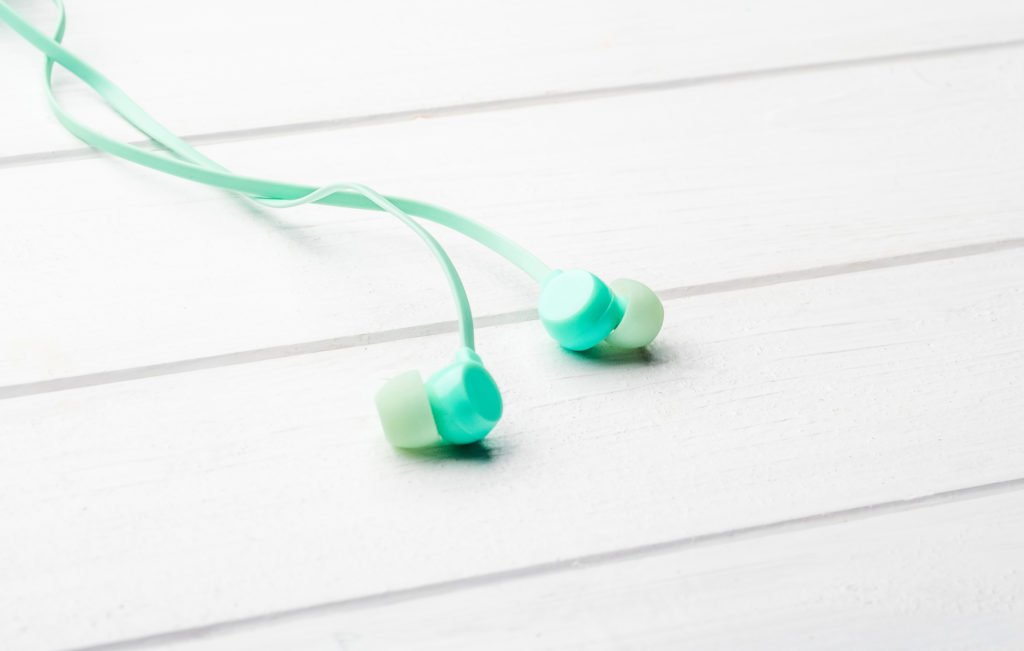Fitness wearables have the ability to monitor heartbeats, steps, and the calories you are burning. Earbuds have come a long way, providing excellent sound, reasonable battery life, and Bluetooth capability.
But now the two are coming together to become “hearables,” smart headphones that help monitor your health. The ear is becoming the go-to place to keep track of your steps, heart rate, etc via galvanic skin response sensors.
According to Juniper Research, $20 billion is forecast to be spent annually on wearable healthcare devices by 2023. With the addition of assistive hearables, this sector could generate revenues of over $40 billion. Juniper forecasts that 5 million individuals will be remotely monitored by healthcare providers by 2023.
Offering Hearables & Wearables while Overcoming Obstacles
Hearing aid companies are preparing for the merging between traditional hearing aids, personal sound amplification products (PSAPs), and biomonitoring applications. They are doing this because new tech like Apple’s AirPods can potentially include health-monitoring sensors.
In 2014, Starkey Hearing Technologies launched a hearing aid with a downloadable app, compatible with iPhone, to provide relevant health data, such as dementia or cognitive decline. This year, they are introducing a new hearing aid they are bringing to market that not only enhances the users hearing, but also has an activity tracker, a heartbeat monitor, heart-rate variability monitoring, and fall detection.
Starkey is experimenting with a combination of AI sensors that detect the surrounding noise and power down when not in use. According to Dave Fabry, chief innovation officer at Starkey Hearing Technologies, today’s generation wants to customize their device via apps and have the ability to recharge their products by plugging it in, not changing batteries. These devices ideally last on a single charge all day.
In addition to battery power, data privacy and consent are also issues. Improving healthcare through AI-enhanced software relies on private and secure patient information. Especially considering that some insurance providers are requiring a data collection from the patient’s device in exchange for coverage.
Michael Larner, Juniper research author, says, “It is vital that patients are made aware of how their personal data will be used. If not, making wearables ‘must have’ to provide personalized care or receive medical insurance risks a backlash from patients and heightened regulatory scrutiny; stalling the effectiveness of remote monitoring.”
Thanks to the IoT
Wearables and hearables work thanks to the Internet of Things (IoT), which has the potential to completely transform healthcare and other industries. IEEE’s Guide to the Internet of Things explores healthcare and other industries. In this eight-course program, participants learn about the IoT, its applications, challenges, and future opportunities. This program is designed for professionals working in engineering, IT, computer science, and related fields across all industries. Connect with an IEEE Content Specialist to receive a custom quote for your organization today.
Resources
Higginbotham, Stacey. (21 Mar 2019). Your Earbuds Will Become Your Most Powerful Health Monitor. IEEE Spectrum.
(14 Jan 2019). Healthcare Spend in Wearables to Reach $60 Billion by 2023, as Monitoring Devices & Hearables Become ‘Must Haves’ in Delivering Care. Juniper Research.




Leave a Reply